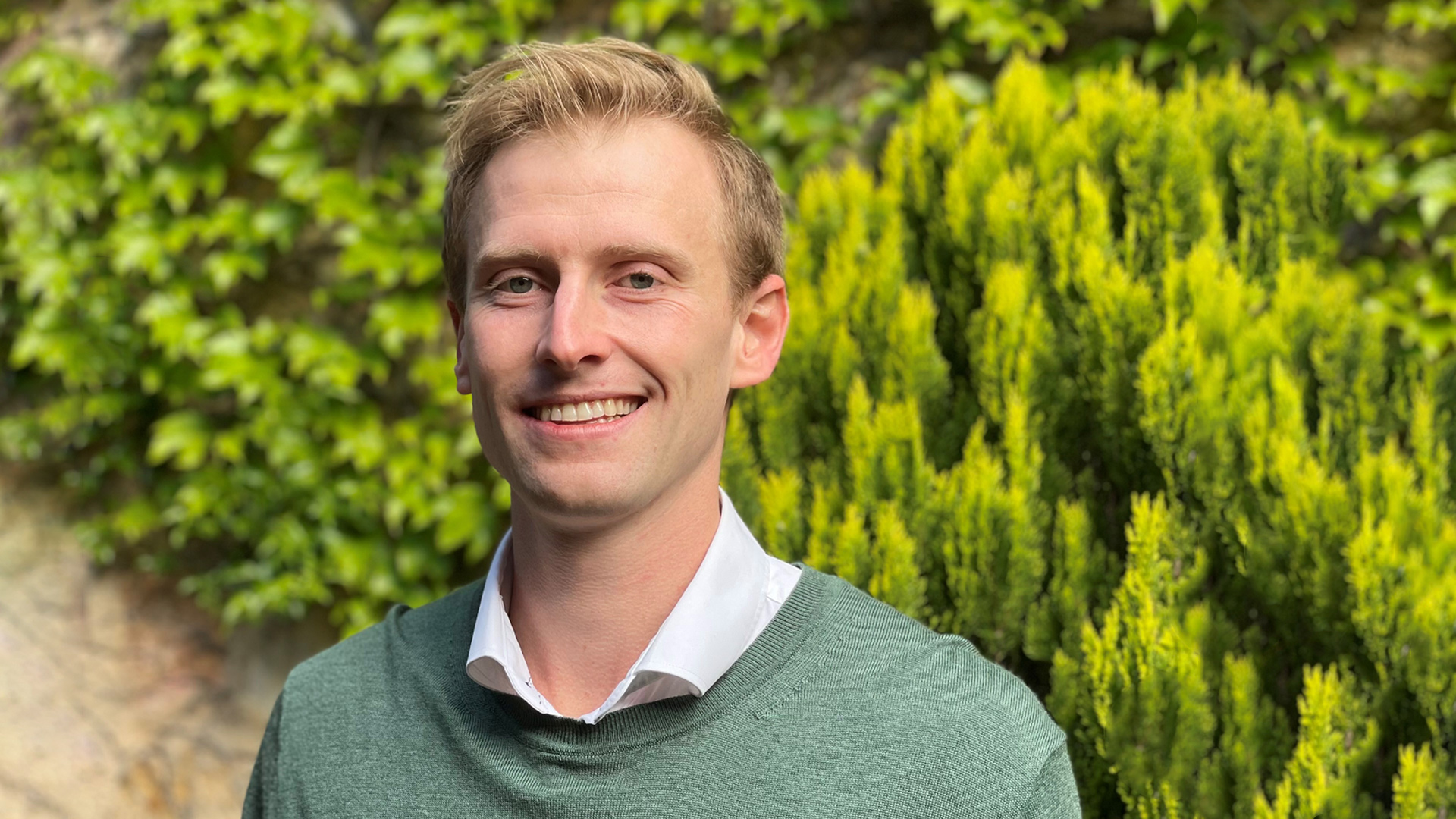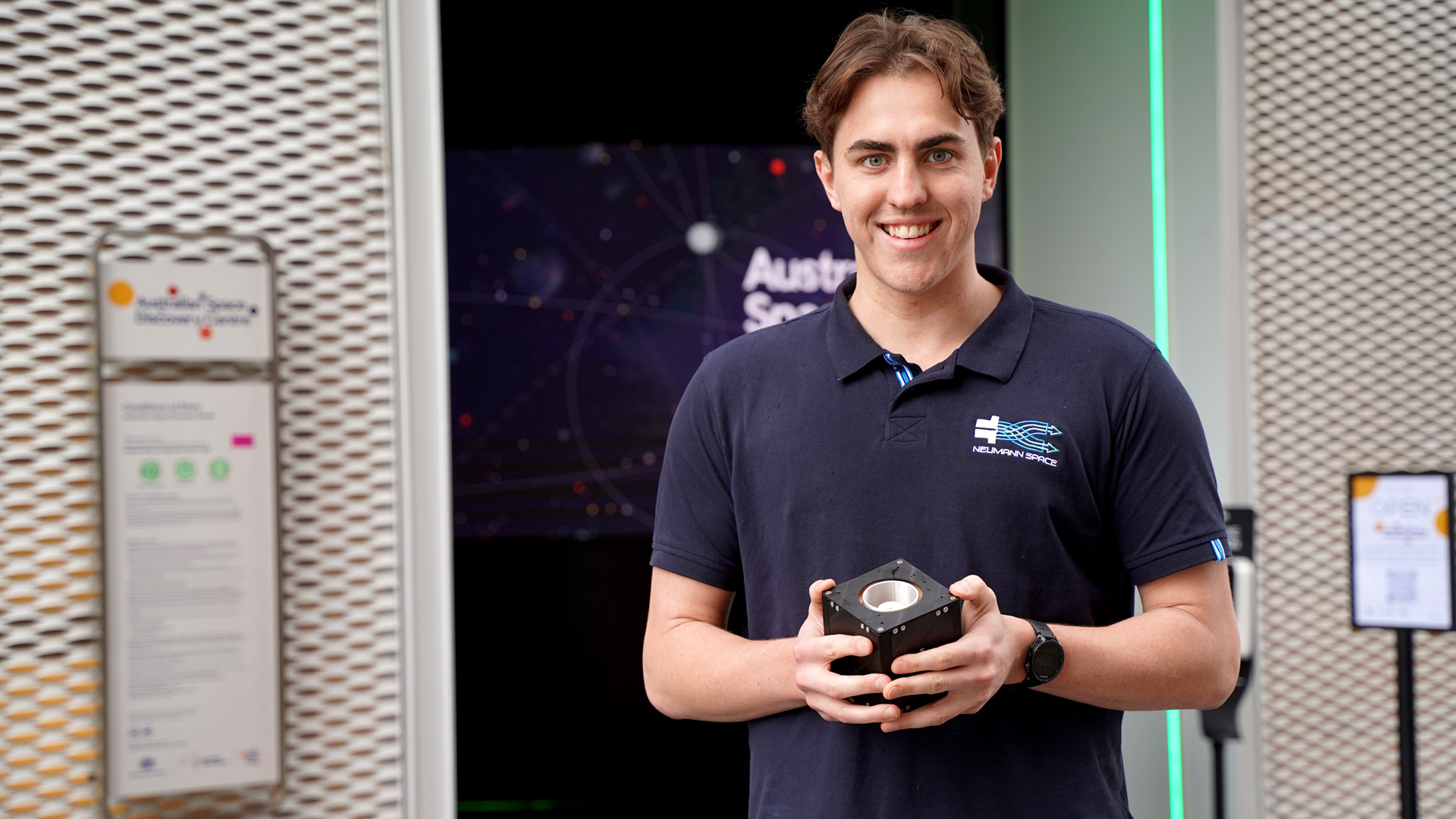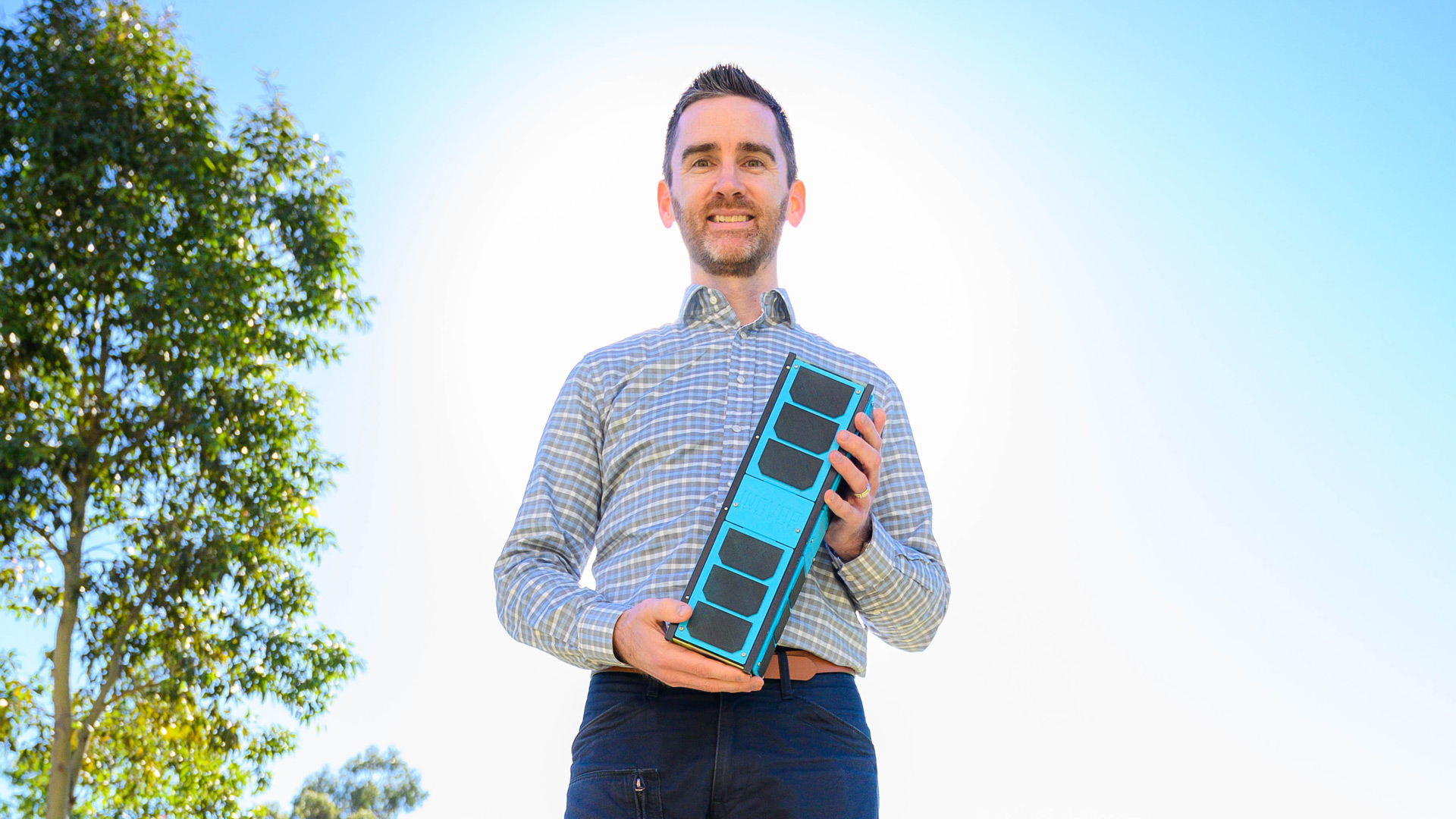Cameron jumps aboard South Australia’s naval shipbuilding industry
Wanting to take his skills in mechanical engineering to the next level and forge a rewarding career in the naval shipbuilding industry, Cameron made the move to South Australia two years ago to work on one of the nation’s biggest naval shipbuilding projects – the Hunter Class Frigate Program.
After completing a graduate program with BAE Systems Australia and undertaking various engineering stints in electronics and maritime, Cameron decided to pursue his passion for naval shipbuilding.
He made the transition from a sustainment role on the Hobart class destroyer program to a design role on the Hunter Class Frigate Program, moving from New South Wales to Adelaide where construction is due to commence on the first frigate from the Osborne Naval Shipyard in May 2023.
“It’s very rare that a design project of this scale is based in Australia, let alone the first-of-class of such a large project,” Cameron said.
“First-of-class is where all the interesting engineering happens, and I thought ‘I need to get onto this’.
“My office is based at the Osborne Naval Shipyard, which is home to the largest sheds in the southern hemisphere; it’s a pretty cool place to work.”
Cameron is a stage one design engineer on the project and is responsible for the design of auxiliary sub-systems on the frigates. His focus is on designing fluid transfer systems, including the cooling and firefighting spray systems.
“Because there’s so many individuals involved in the project, a lot of my job is talking to other engineers and supply chain stakeholders. I have conversations with noise and vibration engineers and shock engineers and discuss my design with the subject matter experts of those different areas,” he said.
“It is a complex ship that has complex challenges, so the job is about understanding the complexity and discussing what’s important with the subject matter expert.
“The other aspect of my job is supplier management. We have large contracts to procure equipment from suppliers, so making sure our suppliers meet our requirements.”
Cameron holds a degree in mechanical engineering and project management from the University of Sydney and despite carving out a successful career in naval shipbuilding, he never considered working in the defence or the maritime industry.
“I actually started my degree in civil engineering and quickly realised that the cooler work was in mechanical engineering, which led me into defence,” he said.
“I went to a networking event with a friend and ended up talking to an industry guest from BAE Systems Australia. I then quit my current job in construction.”
Cameron, who is also undertaking a masters in maritime engineering, believes having a growth mindset and a good attitude are the foundations of a successful career in South Australia’s defence and naval shipbuilding industry.
“People pick up on having a positive attitude and building relationships with others goes a long way. The industry is smaller than you think, and everyone knows everyone,” he said.
Cameron has some advice for anyone considering a move to South Australia. “Adelaide is ideal to either begin or continue a career in Defence. Most importantly, the beaches are beautiful and the locals easy going. This makes it very easy to transition in and out of the workplace.”
There has never been a better time to consider a career in South Australia’s defence industry. South Australia is the naval shipbuilding capital of the country, with shipbuilding programs confirmed to be conducted at the Osborne Naval Shipyard creating up to 5000 jobs by 2030, along with thousands of jobs across other major defence projects.




















